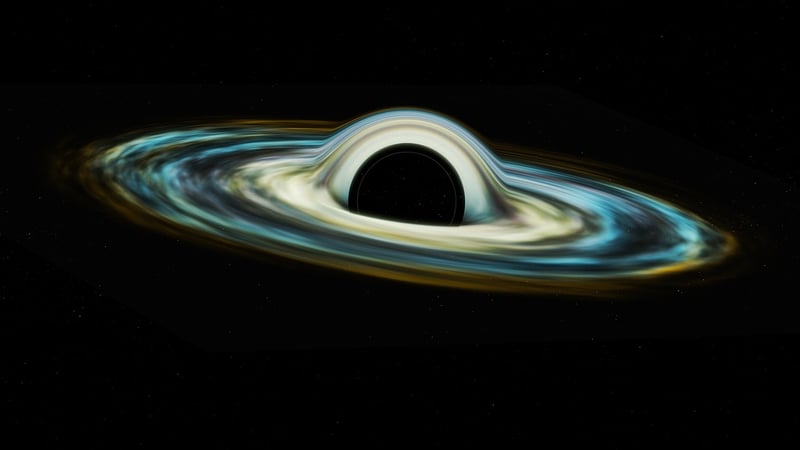Temporal Devices
The Science Behind Time Travel and Temporal Devices
Understanding Time Travel
Time travel has been a fascinating concept in science fiction for decades, but is it possible in reality? According to Einstein's theory of relativity, time is a dimension that can be bent and manipulated. This theory forms the basis for the concept of time travel.
Einstein's Theory of Relativity
Albert Einstein's theory of relativity, particularly the general theory of relativity, suggests that space and time are intertwined in what is known as spacetime. Massive objects like stars and planets can bend spacetime, affecting the flow of time around them.
Wormholes and Black Holes
One of the proposed methods for time travel involves the use of wormholes - theoretical passages through spacetime that could create shortcuts for long journeys across the universe. Black holes, on the other hand, are regions where gravity is so strong that not even light can escape. These cosmic phenomena also play a role in the theoretical possibility of time travel.
Temporal Devices
Temporal devices are fictional tools often depicted in science fiction that enable characters to travel through time. While these devices are purely imaginative, they add an exciting element to time travel stories and allow for creative exploration of the concept.
Temporal Devices in Popular Culture
- DeLorean Time Machine - Featured in the "Back to the Future" film series, this iconic car is a popular representation of time travel.
- TARDIS - The time machine and spacecraft used by the Doctor in the long-running TV series "Doctor Who."
- Hot Tub Time Machine - A comedic take on time travel, where a hot tub serves as the vehicle for temporal adventures.
Conclusion
While time travel remains a topic of speculation and imagination, the science behind it continues to intrigue both scientists and enthusiasts alike. Whether through theoretical physics or fictional temporal devices, the concept of traversing through time offers a captivating exploration of the unknown.


